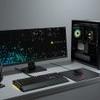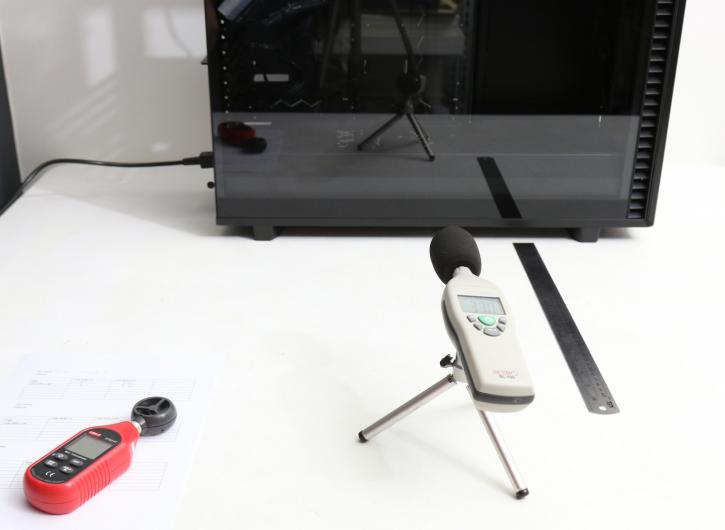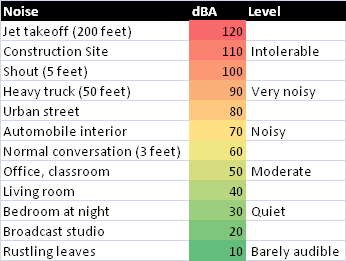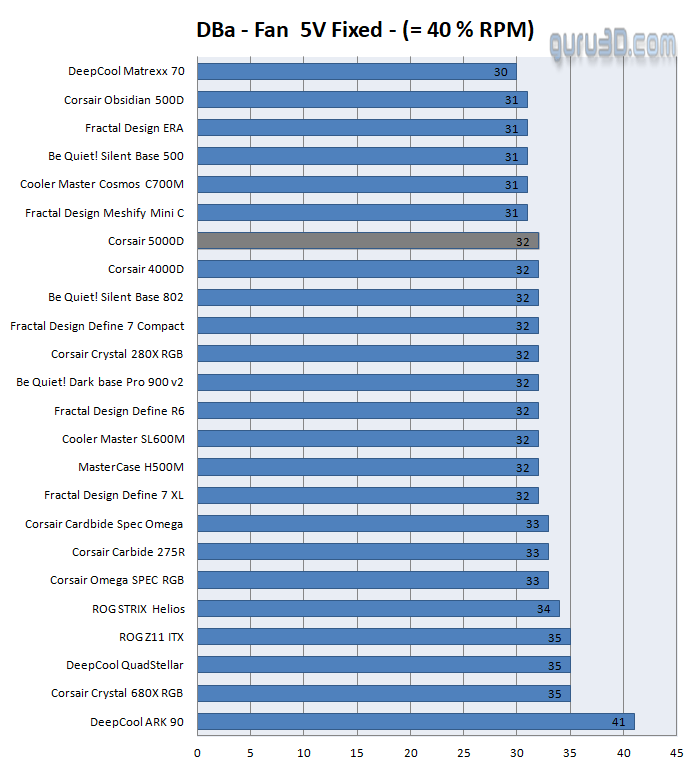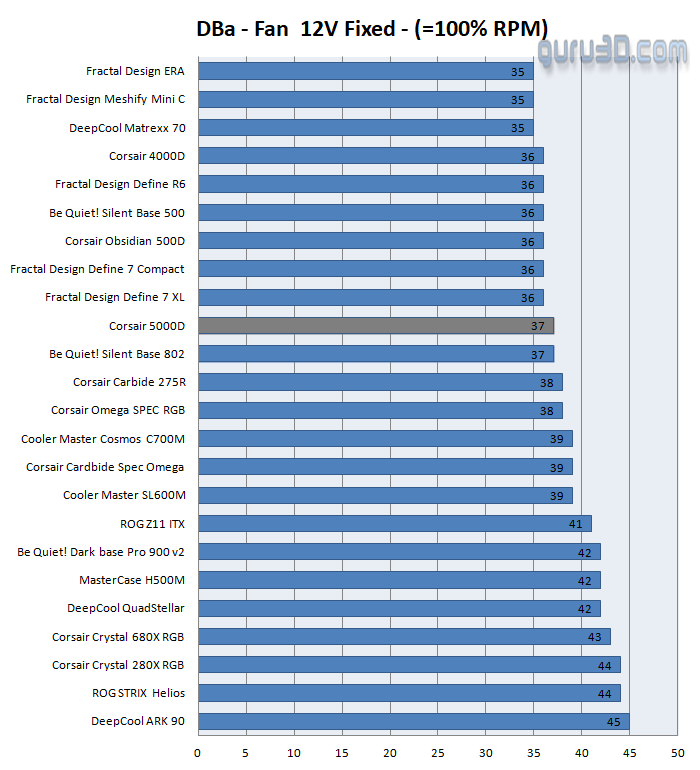Acoustic performance
Acoustic performance - especially for my Fans
Processors and graphics cards can produce a lot of heat, usually, that heat needs to be transported away from the hot core as fast as possible. Often you'll see massive active fan solutions that can indeed get rid of the heat, yet all the fans these days make the PC a noisy son of a gun. Do remember that the test we do is extremely subjective. We bought a certified dBA meter and will measure how many dBA originate from the PC. Why is this subjective you ask? Well, there is always noise in the background, from the streets, from the HDD, PSU fan, etc., so this is, by a mile or two, an imprecise measurement. You could only achieve objective measurement in a sound test chamber. The human hearing system has different sensitivities at different frequencies.
This means that the perception of noise is not at all equal at every frequency. Noise with significant measured levels (in dB) at high or low frequencies will not be as annoying as it would be when its energy is concentrated in the middle frequencies. In other words, the measured noise levels in dB will not reflect the actual human perception of the loudness of the noise. That's why we measure the dBA level. A specific circuit is added to the sound level meter to correct its reading in regard to this concept. This reading is the noise level in dBA. The letter A is added to indicate the correction that was made in the measurement. Frequencies below 1 kHz and above 6 kHz are attenuated, whereas frequencies between 1 kHz and 6 kHz are amplified by the A weighting.
There are a lot of differences in measurements among websites. We measure noise levels in a completely enclosed and closed room. The lowest dBA level we can measure without any equipment activated is roughly 28 dBA in this room. We measure at ~40 cm distance, we hotwire only the passive PSU, this way other components cannot influence acoustic levels.
Please note: With the help of a dedicated fan controller, we assign either 5 Volts or 12 Volts to the fans installed in the chassis. That goes for any chassis tested so that we can control the test environment.
Now then, 12V (100% RPM) measurements (max fan noise): not that you'd ever use such a mode, but we know you guys like data and test results. At full power 12V, we measure ~37 dBA, this is considered to be hearable at a satisfactory level. But does the fan(s) offer enough airflow?
